3
dynamic model is derived in [29] to demonstrate the superiority of the VSB WEC compared to the FSB WEC. The
average power harvested using the VSB WEC in [29] is about 18% more compared to the FSB WEC.
In another study, references [30,31] present three-dimensional two-way Fluid-Structure Interaction (FSI) high
fidelity simulations, using the ANSYS software package, to simulate a spherical VSB WEC. The WEC in [30,31] has
a hyper-elastic hollow shell of radius 2m. The internal volume contains trapped gas that helps in creating a restoring
moment. The device is simulated in a numerical wave tank (NWT) with dimensions 80 × 60 × 60 m3, and damping
regions at the sides and at the outlet of the NWT. The free surface height was at 40 m. Their simulation captured the
highly non-linear behavior of the VSB WEC and showed an enhancement in the heave displacement and velocity for
the VSB WEC compared to a similar-size FSB WEC. Reference [32] presents a study that uses a similar approach but
applies a passive control force. The PTO force is dependent on the WEC heave velocity ( = − ), where is
a constant damping coefficient. The results showed an increase in the heave displacement and velocity for the VSB
WEC over the similar-size FSB WEC. The results also show an increase in the harvested energy of about 8%.
As can be seen from the above discussion, studies on VSB WECs currently use either high fidelity numerical
software tools or rough approximate low fidelity tools [33] for simulations. The high fidelity tools are computationally
expensive, and the above low fidelity simulations cannot capture important features in this FSI phenomenon.
In this work, Lagrangian mechanics and Rayleigh-Ritz approximation are used to derive novel equation of motions
for variable shape wave energy converters (Eqs.(106),(126) and (128)). Novel expressions for the generalized added
mass, damping, hydrostatic, and excitation forces and coefficients are also derived analytically for two-way and one-way
FSI schemes (sections 4and 6). The paper is organized as follows: In section 2, the kinematics of the flexible buoy
are presented, and then the kinetic and potential energies for the special case of spherical buoys are presented [34],
noting that the use of spherical buoys is only to demonstrate the utility of the model, and the derived aforementioned
generalized hydrodynamic/hydrostatic coefficients and forces can be used with any flexible buoy geometry. In section
3, the equations of motion for flexible shell buoys are derived using Lagrangian mechanics for the free unconstrained
vibration. In section 4, a generalized form for the hydrodynamic forces and coefficients are proposed, for regular and
irregular waves. Section 5presents the most general form of the proposed equation of motion for VSB WECs and
discusses the two-way FSI scheme for the proposed model. To reduce the computational time associated with the
two-way FSI schemes, Reynolds averaging is applied to obtain novel hydrodynamic coefficients for the one-way FSI
in section 6. The model validation is discussed in section 7. Finally, the numerical simulation results for the one-way
and two-way FSI for regular and irregular waves are presented in section 8.
2. Kinetic and Potential Energies of Spherical Shell Buoys
The derivation of the equation of motion in the current study uses Lagrangian mechanics; hence, the calculation
of the kinetic and potential energies is required. This section starts with the layout of the used reference frames, then
a description of the domain discretization technique used in the current study. The system’s kinematics are derived
in subsection 2.2; the result is then used to calculate the kinetic and potential energies in subsections 2.3 and 2.4,
respectively.
Consider a flexible buoy for which the non-deformed shape is spherical. As shown in Fig. (1), the inertial frame is
denoted as
𝒂and can be described as:
𝒂=
𝒂1,
𝒂2,
𝒂3(3)
The body-fixed frame
𝒔is attached to the buoy’s center of mass. Any point on the buoy’s surface can be specified using
the two coordinates and , as illustrated in Fig. (1). Consider an infinitesimal mass at the surface of the buoy; we
introduce the reference frame
𝒆which is attached to that infinitesimal mass on the buoy’s surface before deformation,
and its third axis
𝒆3is aligned with the radius of the non-deformed buoy shape.
Hence, the reference frame
𝒆is obtained by rotating
𝒔by an angle around the
𝒔3then by an angle around the
second intermediate frame as follows.
(, ) = 2()3()(4)
where ()represents a fundamental transformation matrix of a single rotation of angle about the coordinate ,
= 2,3. The reference frame
𝒄is centered at the infinitesimal mass on the surface such that
𝒄3is normal to the surface.
The angle is the angle between
𝒔3and
𝒄3. In the analysis presented in this paper, it is assumed that the deformations
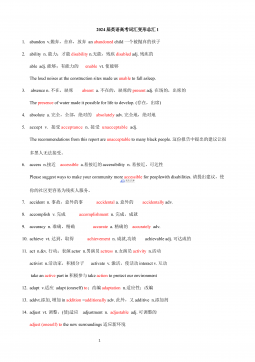
 2024-12-06 4
2024-12-06 4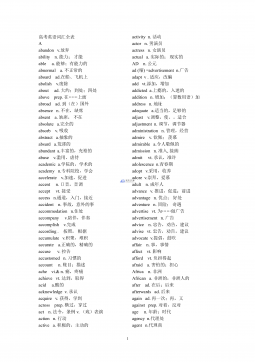
 2024-12-06 11
2024-12-06 11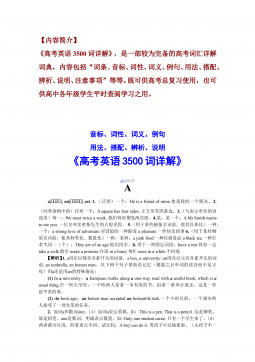
 2024-12-06 29
2024-12-06 29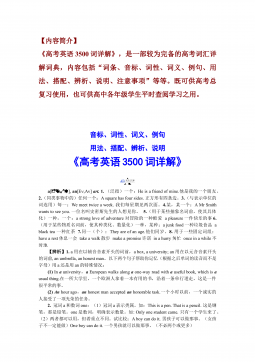
 2024-12-06 26
2024-12-06 26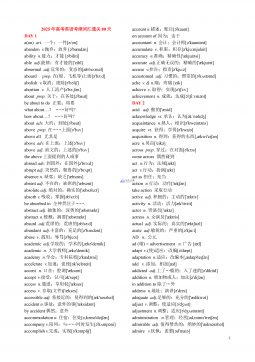
 2024-12-06 29
2024-12-06 29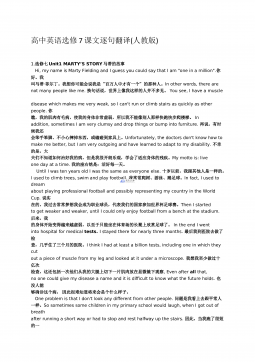
 2024-12-06 11
2024-12-06 11
 2024-12-06 35
2024-12-06 35
 2024-12-06 12
2024-12-06 12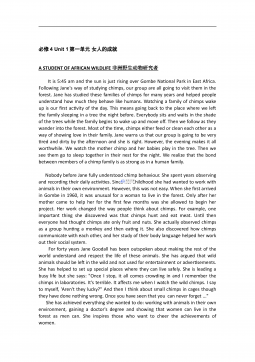
 2024-12-06 39
2024-12-06 39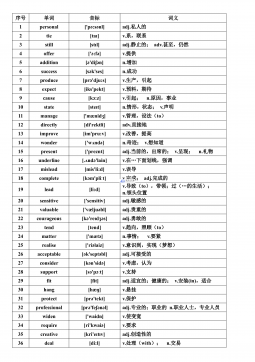
 2024-12-06 27
2024-12-06 27






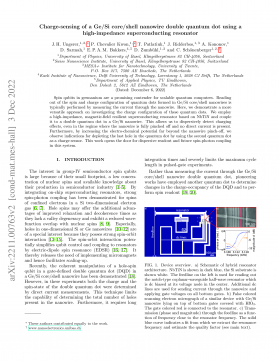
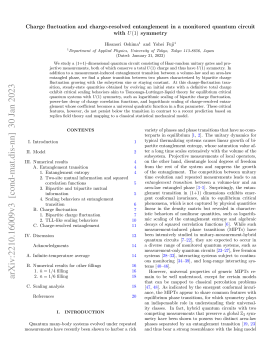
 渝公网安备50010702506394
渝公网安备50010702506394
